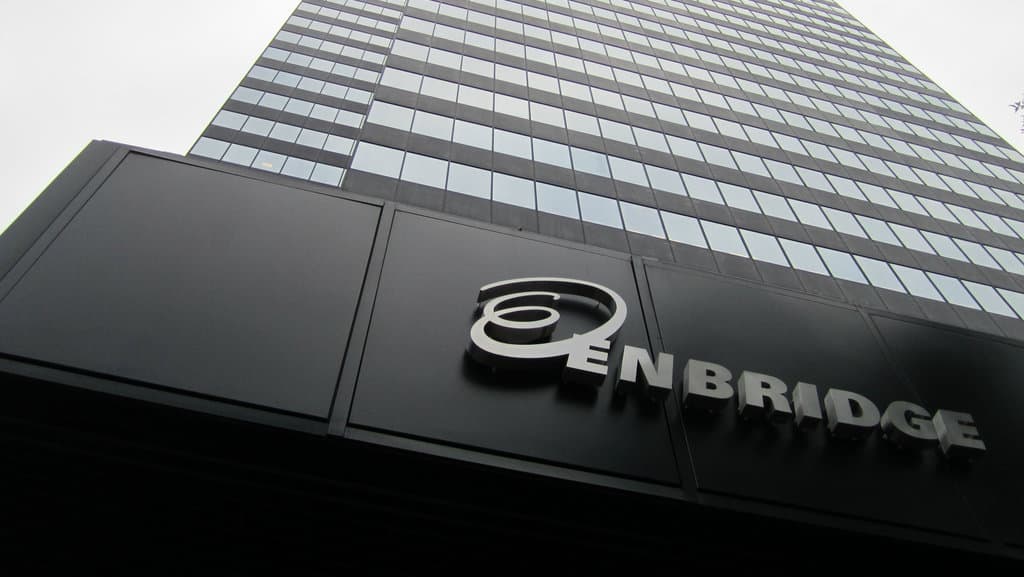Canada’s energy sector has rebounded over the past couple of years thanks in large part to oil bouncing off 2015 lows. Unfortunately, not all energy companies have found success. Enbridge (TSX:ENB)(NYSE:ENB) is one such company that has yet to regain its footing.
It’s been almost a year since Enbridge announced strategy-altering plans with its intention to purchase all of the outstanding shares of its sponsored vehicles it did not already own. These sponsored vehicles include Enbridge Income Fund, Enbridge Energy Partners, and Spectra Energy. On Friday, Enbridge release its much-anticipated third-quarter results. Can the company finally put its struggles behind it? Let’s take a look.
Third-quarter results
On the surface, Enbridge posted great quarterly results. Adjusted earnings per share (EPS) of $0.55 beat estimates by $0.04. Likewise, the company posted blowout revenue of $11.34 billion, which beat estimates by $1.78 billion, or almost 19%.
The company’s successful quarter is due in large part to it bringing $5.5 billion of new projects into service. It has since brought online an additional $1.5 billion of gas projects in October and expects the $1.6 billion Valley Crossing pipeline to be in service for November.
The main issue that has weighed the company down is its high debt load. The good news is that Enbridge is ahead of is deleveraging plan. Consolidated debt to earnings before interest, taxes, depreciation, and amortization (EBIDTA) came in at 4.7, ahead of the company’s year-end target of five times EBITDA.
Enbridge also reiterated that it expects to achieve previously stated guidance. That being said, it announced that distributable cash flow (DCF) per share is expected to be in the upper half of the $4.15-4.45 per share range. This is great news for income investors.
Dividend safety
The safety of Enbridge’s dividend has been the topic of many bearish comments. The most common point of concern for investors is the company’s high dividend-payout ratio as a percentage of earnings. As of writing, dividends account for 179% of earnings. What these pundits are missing, however, is that the payout ratio, when compared to earnings, is very misleading.
Earnings contain many one-time and non-cash items that have no impact on the company’s ability to pay a dividend. The most relevant metric by which to measure the safety of Enbridge’s dividend is the payout ratio as a percentage of DCF. In the third quarter, DCF jumped 13% year over year to $1,585 million. At the mid-range of the aforementioned guidance, dividends account for only 62.3% of DCF.
This is a lot more comforting and, as you can see, it has plenty of room to grow. It is for this reason that the company has issued and reiterated dividend-growth guidance of 10% through 2020. The dividend is safe.
Foolish takeaway
Enbridge offers a hefty starting yield of 6.46%, and its corporate restructure, which is expected to close by end of year, will provide additional synergies. Trading near 52-week lows, the company offers plenty of upside.








